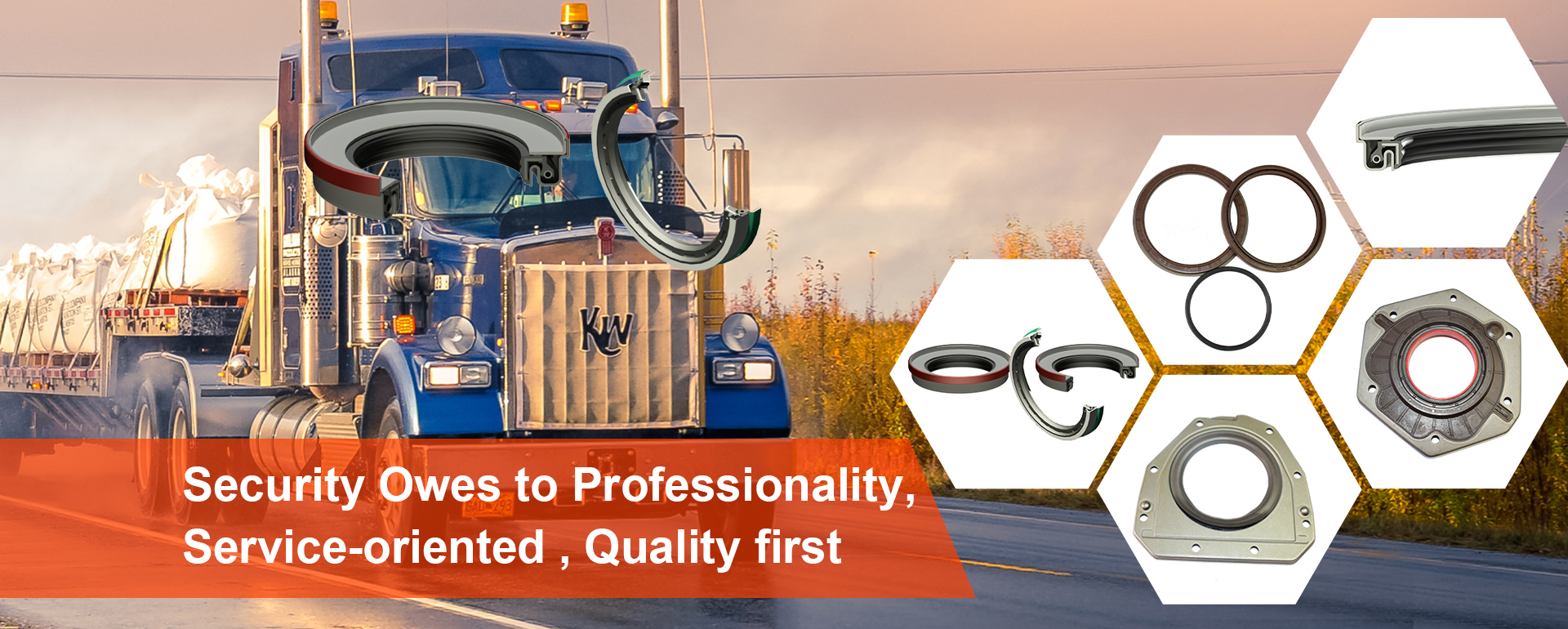boat trailer hubs and bearings
Understanding Boat Trailer Hubs and Bearings
When it comes to transporting your boat, ensuring that your trailer's components are in good working order is essential for safety and efficiency. Among the most critical components of a boat trailer are the hubs and bearings. These parts play a vital role in the smooth operation of the trailer, and understanding their function can help you maintain your equipment and prevent costly problems.
What Are Hubs and Bearings?
Boat trailer hubs are the assemblies that house the wheels. They connect the wheels to the axle and allow for smooth rotation. Within these hubs are bearings, which are small but mighty components that facilitate the rotation of the wheels. Bearings reduce friction, supporting the weight of the trailer and boat while enabling the wheels to turn freely.
Types of Hubs and Bearings
There are different types of hubs and bearings depending on the trailer's design and the weight it will carry. Common hub types include hub-and-drum designs and hub-and-disc setups, each suited to various trailer styles and uses.
Bearing Types
1. Standard Bearings These are the most common types found in many boat trailers. They provide reliable performance for average towing conditions. 2. Sealed Bearings Designed to withstand the elements, sealed bearings come pre-greased and are protected from water and contaminants, making them ideal for boat trailers, which often encounter wet conditions.
3. Tapered Bearings These offer better load distribution and can handle heavier loads. They are adjustable and often used in larger boat trailers.
boat trailer hubs and bearings

Maintenance Tips
Regular maintenance of your boat trailer's hubs and bearings is crucial for safe towing. Here are some tips to keep them in optimal condition
1. Inspection Regularly check the hubs for signs of wear or damage. Look for cracks, rust, or excessive play in the wheels.
2. Cleaning After each use, especially in saltwater, rinse off the hubs and bearings to remove debris and corrosive elements.
3. Greasing Ensure that bearings are adequately lubricated. Depending on the type of bearings, they may need to be repacked with grease periodically, typically every 1,000 miles or at least once a season.
4. Replacement If you notice any signs of wear—such as grinding noises while towing or excessive heat from the hubs—it may be time to replace the bearings or the entire hub assembly.
Conclusion
Understanding the function and maintenance of boat trailer hubs and bearings is critical for every boat owner. By keeping these components in good working order, you not only enhance the safety and longevity of your trailer but also ensure a more enjoyable boating experience. Regular checks, cleaning, and proper lubricating will go a long way in preventing unexpected breakdowns and improving towing performance. Keep your trailer in top shape, and your adventures on the water will be all the more enjoyable.
-
The Ultimate Guide to Car Repair Kits: Tools and Essentials Every Driver Should Own
News Aug.01,2025
-
The Complete Guide to Oil Pan Gaskets: Sealing Engine Leaks the Right Way
News Aug.01,2025
-
Preventing Oil Leaks: A Complete Guide to Oil Pan Gaskets and Drain Seals
News Aug.01,2025
-
Everything You Need to Know About Oil Pan Gaskets and Drain Plug Seals
News Aug.01,2025
-
Essential for Car Owners: How to Use a Car Repair Kit to Deal with Minor Breakdown
News Aug.01,2025
-
Comprehensive Guide to Engine Oil Sump Gaskets and Related Seals
News Aug.01,2025
-
The Ultimate Guide to Boat Propeller Bearings and Trailer Wheel Bearings
News Jul.31,2025
Products categories















